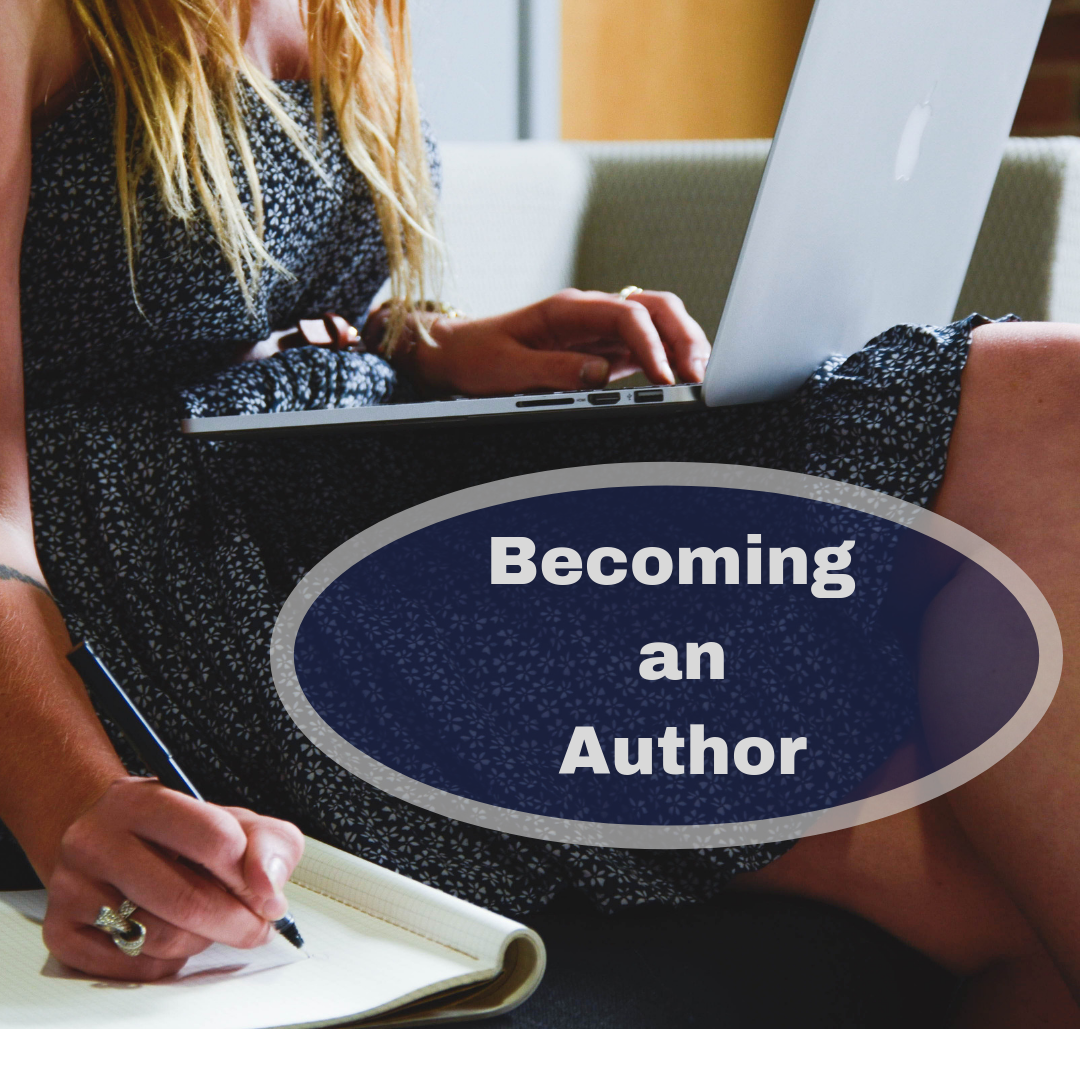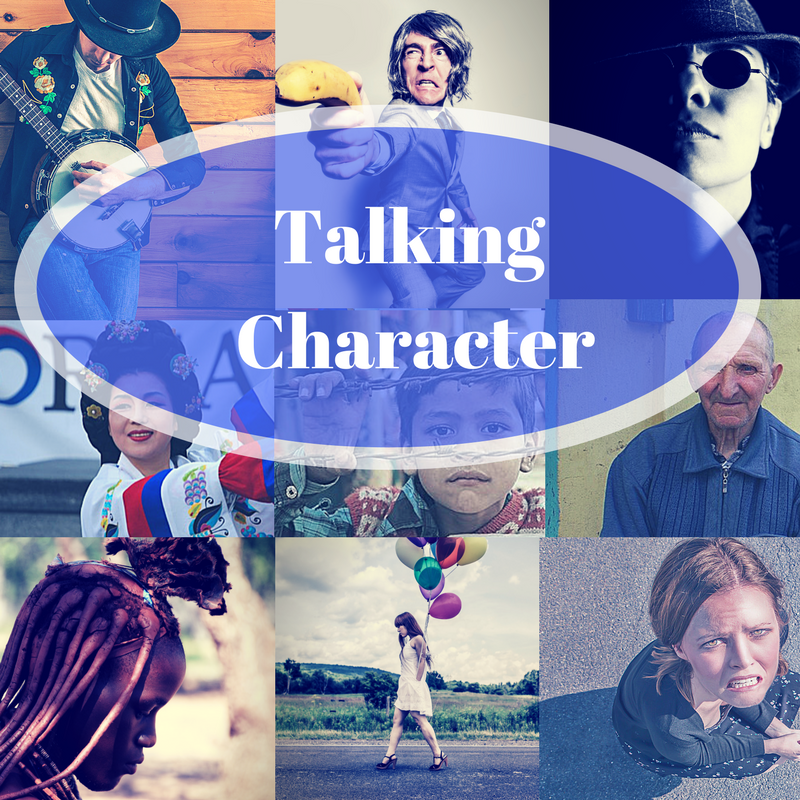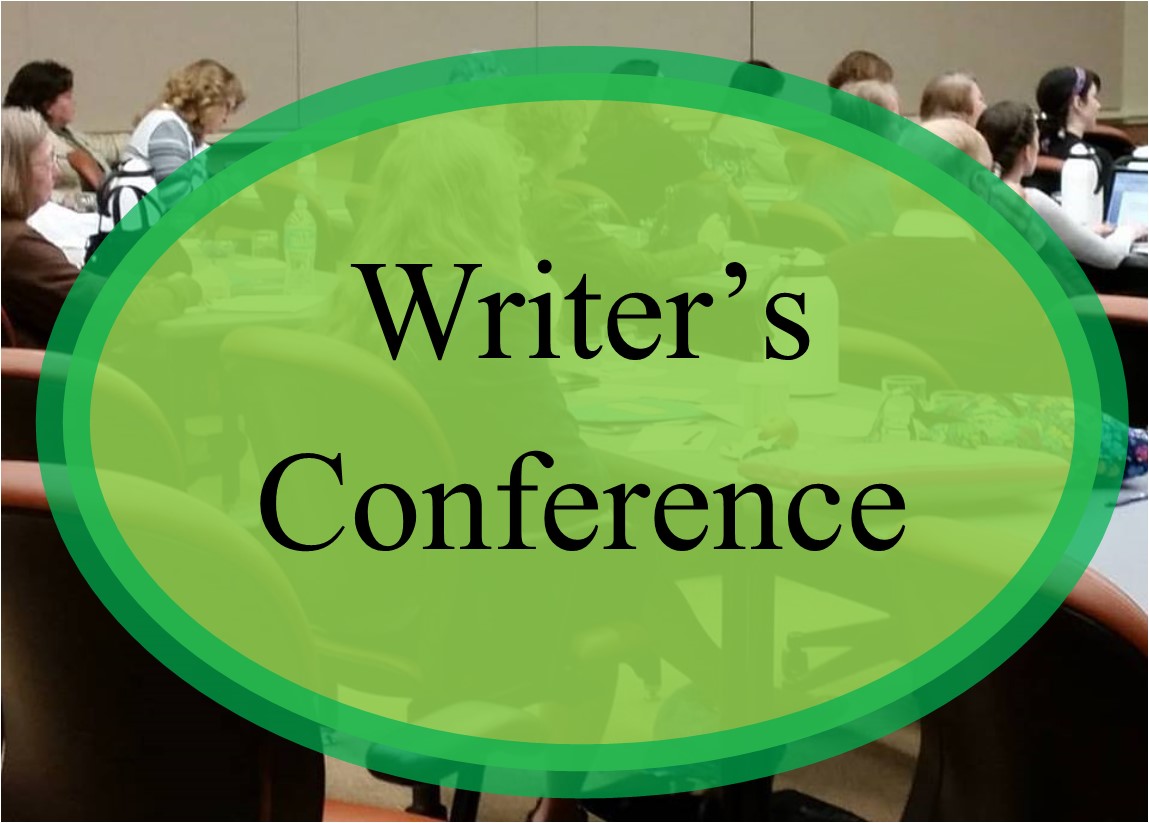
Developing the Leading Man and his Lady
The man and woman who will fall in love in your romance story are your most important characters. Therefore,…
September 23, 2021
The man and woman who will fall in love in your romance story are your most important characters. Therefore,…
September 23, 2021
As much fun building characters in a fiction story is, the process is equally challenging. Trying to create memorable…
July 26, 2021
Secondary characters are the seasoning in your story soup. Who can be secondary characters, or sidekicks? Often, they’re the…
May 23, 2021
In past blog posts, I’ve written about choosing a genre, story premise, and GMC. A key element of any…
April 27, 2021
If you are a writer who is serious about pursuing publication, perhaps you have a couple of writing craft…
April 9, 2021
It’s a complicated time to be an author trying to build your platform on social media. It’s a weird…
February 7, 2021
Sometimes it’s easy to think character development looks similar across genres. And for the reader, it usually does. Even…
September 7, 2020
Let’s talk villains. One of my favorite topics! The creeper. The serial killer. The diabolical mastermind. The psychotic killer.…
August 17, 2020
When we think of “historical”, we think the story is set in a historical time period, and many of…
July 20, 2020
Have you ever taken the MBTI? Short for Myers Briggs Type Indicator, this classic personality test promises to divine…
July 13, 2020
Over the years, I’ve studied the craft of both writing and acting, and I’ve been amazed at how the…
June 18, 2020
You could probably name tropes from your favorite books and movies without hardly thinking about it. There’s the Reluctant…
May 7, 2020
This was a question I saw in the Twitter writing community and realized it is a challenge, especially in…
March 23, 2020
Your main character stands on the edge of a cliff, a five hundred foot drop to jagged rocks below.…
December 7, 2019
What are the trademarks of a villain? Do they have dark, piercing eyes, a snarly grin, crooked-yellowed teeth, knobby…
February 17, 2019
We’re heading into a New Year. Perhaps you’ve finished a novel during Nanowrimo. Maybe you’re plotting a new story…
December 22, 2018
Writing a book is a process. It began as a school assignment for my granddaughter when she was in…
September 17, 2018
Nobody’s perfect, right? True. Neither can your romantic hero – or your heroine, for that matter – be perfect.…
July 23, 2018
If you’ve ever been involved in building a house or a major remodeling project, you understand how overwhelming it…
July 20, 2018
Every fictional character has an entire life’s worth of backstory that happened prior to the opening of your novel.…
June 20, 2018
Steven James here. As a working novelist over the last decade I’ve heard over and over from editors and…
June 14, 2018
Do you have a method for capturing the bits and pieces you use to create memorable, complex characters? If…
May 20, 2018
Why do we love a good series? Because we love the characters and the kinds of situations they get…
March 20, 2018
Sometimes fiction authors write about real people. Especially those who write historical fiction. Real historical characters can add a…
February 20, 2018
A character bio is a collection of information that delineates and describes a fictional character. It is a tool…
December 20, 2017